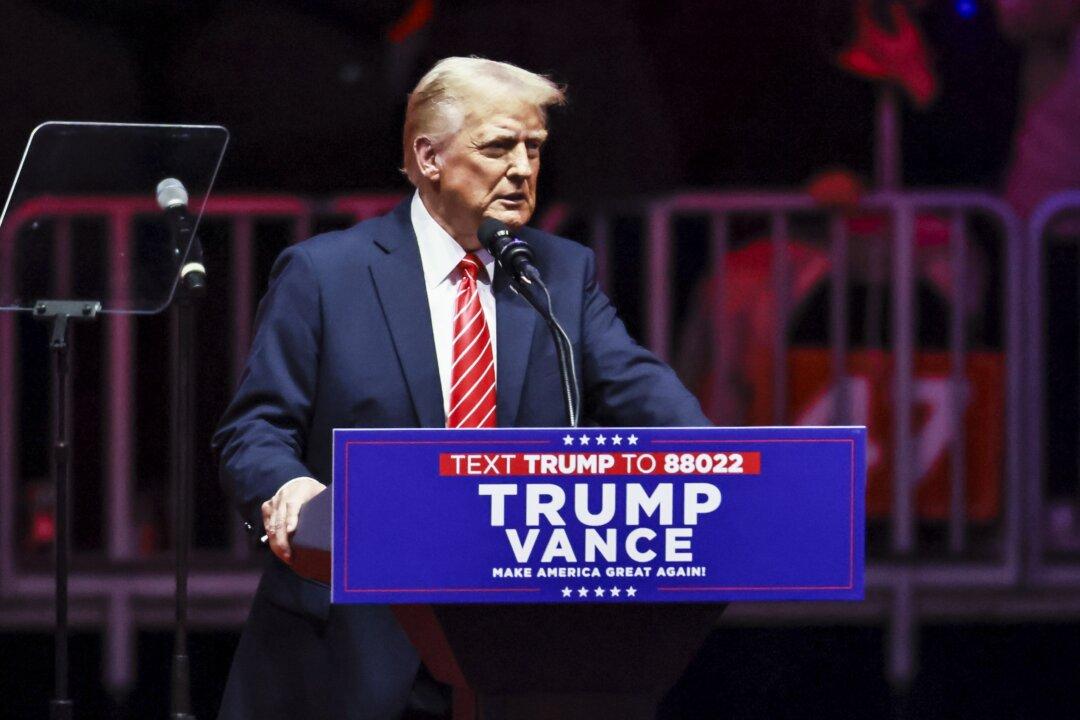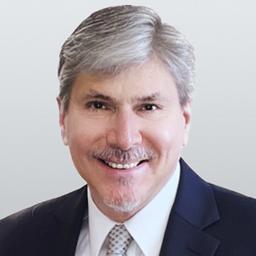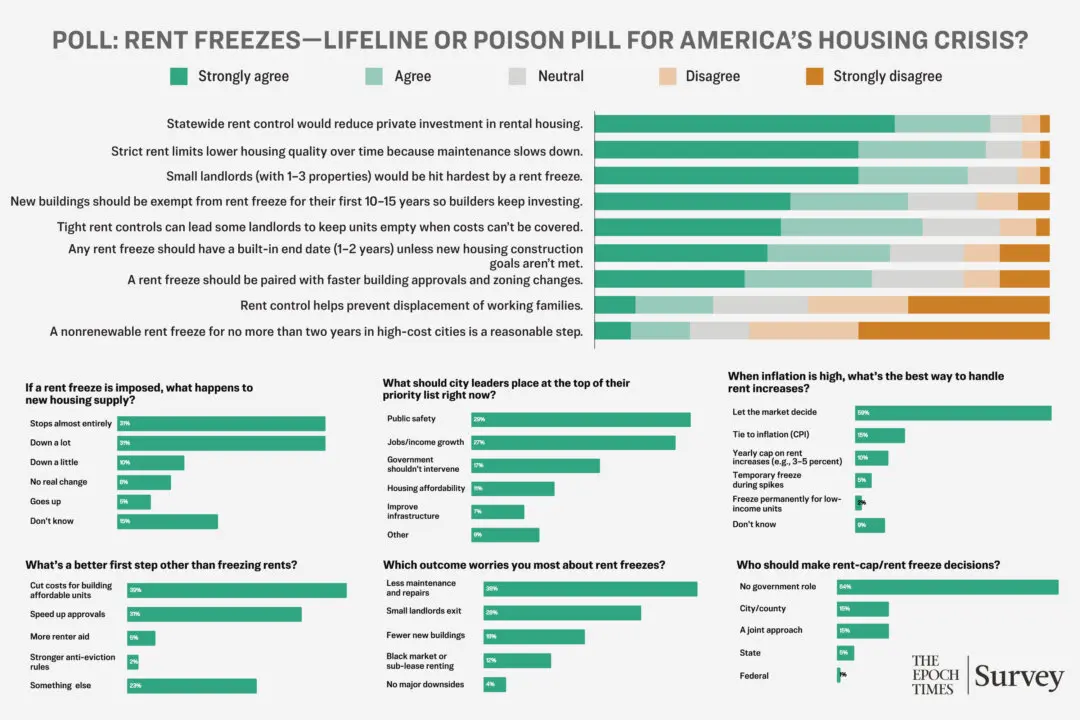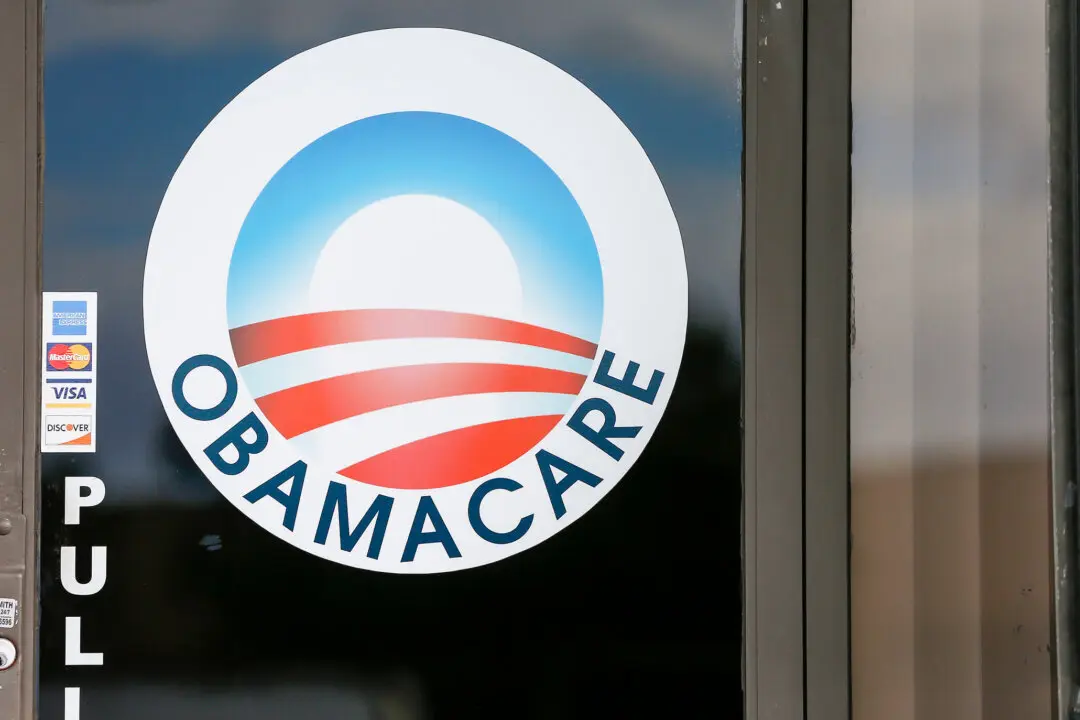President-elect Donald J. Trump returns to the White House as a seasoned executive intent on ending a decades-long approach to governance in ways that could reshape the presidency and the country well into the future.
Trump plans an about-face from the expansion of domestic programs and regulations and globalist foreign policy of the post-Cold War era. Instead, he’ll govern by an “America First” doctrine focused on border security, deregulation, energy production, and strategic engagement with other nations.






